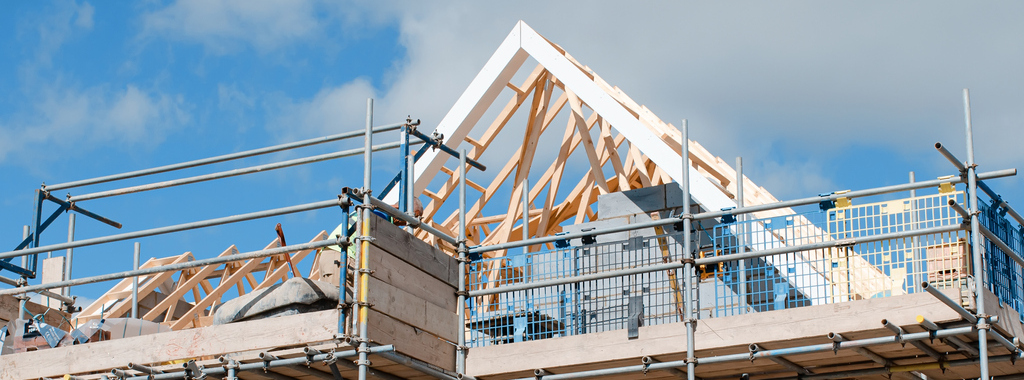The ICC code change cycle for the 2024 International Codes is near completion, with only the certification by the Validation Committee and confirmation by the ICC Board of Group B results outstanding. However, many jurisdictions may just now be adopting the 2021 International Codes. This is the first of three posts that will discuss the primary structural and wood-related changes in the 2021 International Residential Code and International Building Code. This post covers changes to IRC chapters 3 and 4, organized by subject.
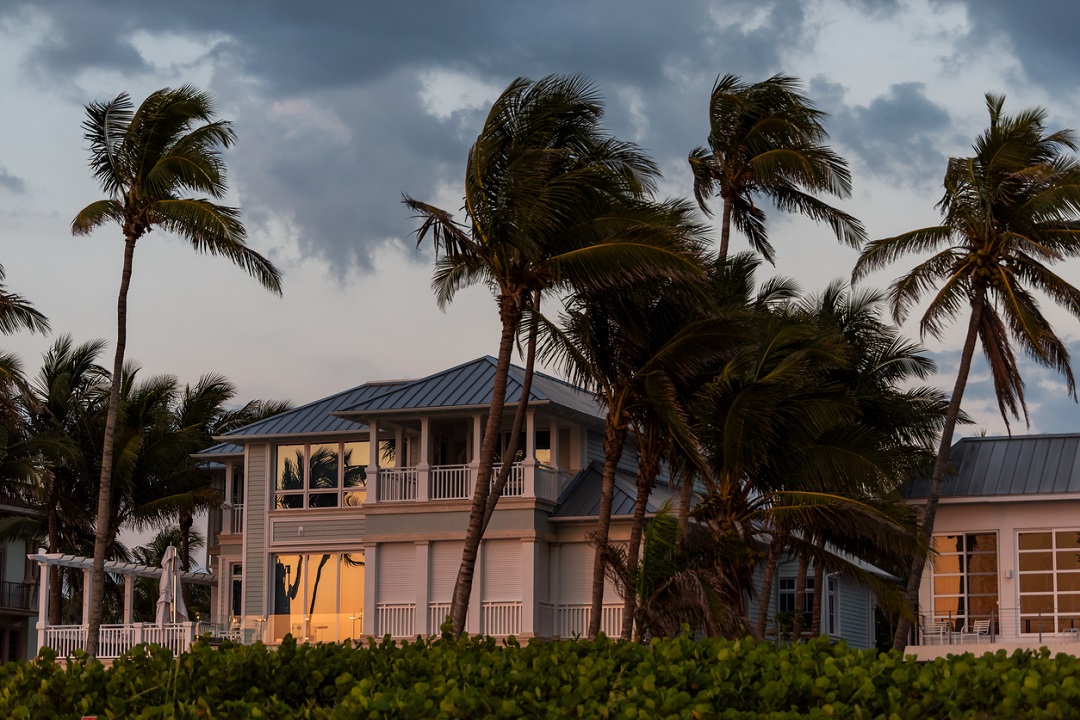
Wind-Resistant Construction
The biggest change for wind was an update of IRC wind design to use ASCE 7-16. The ultimate design wind speed map (Figure R301.2(2)) was updated to use the wind speed map from ASCE 7-16. This can result in a reduction in wind speed for much of the country. The 2018 IRC map had a design wind speed of 115 mph for most of the country (areas located away from hurricane coastlines), with a wind speed of 110 mph for California, Oregon, and Washington. The new map has significantly lower wind speeds in parts of the country, with even lower wind speeds for the western US. The tradeoff is that the simplicity of the old map is lost.
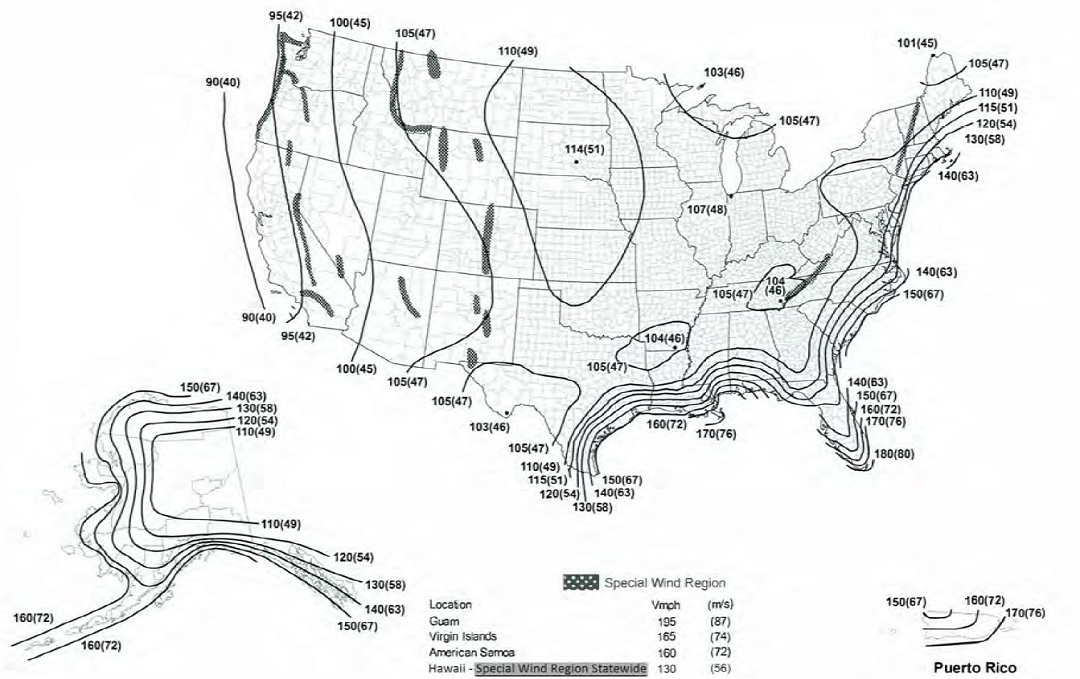
Due to the new map, many of the wind-related tables of the IRC were revised to insert entries for these lower wind speeds. The affected tables included the tables for topographic wind effects, braced wall line spacing, bracing lengths based on wind speed, tension strap capacity for portal frames resisting wind pressures, wind speed limits for siding attachment using Table R703.3.2, and design wind pressures for screen enclosure framing.
The IRC Table R301.2(2), which lists component and cladding loads for roofs and walls of buildings, had to be updated to reflect the higher roof component and cladding loads in the ASCE Standard. There was also a new loading diagram added for gable and flat roofs with a roof pitch less than or equal to 7 degrees.
Figure R301.2(5)B is a map showing areas where wind design is required. This map was updated to remove all wind speed contour lines away from the hurricane coastline and to remove the wind speed labels on the hurricane coastline contours. Additionally, it removes the design wind speed that was listed for Guam, Virgin Islands, American Samoa, and Hawaii, indicating that wind design is required everywhere on these islands.
The IRC Committee declined to update the IRC to ASCE 7-16 wind design in the 2016-2017 cycle, which created a conflict with the IBC, which was updated. For the 2021 editions, the IRC and IBC will have consistent wind design requirements again.

Seismic-Resistant Construction
There were three changes to the IRC seismic construction requirements proposed by the FEMA/ATC Seismic Code Support Committee. The first added new Seismic Design Category maps for Guam, the Northern Mariana Islands, and American Samoa, similar to how requirements for these islands were added to the wind speed maps.
The second change added certain situations of “Hillside Light-Frame Construction” to the list of situations causing a structure to be considered as an irregular building. Hillside buildings are frequently only directly connected to the foundation at one edge and therefore do not act like typical IRC buildings, so they need more engineering attention.
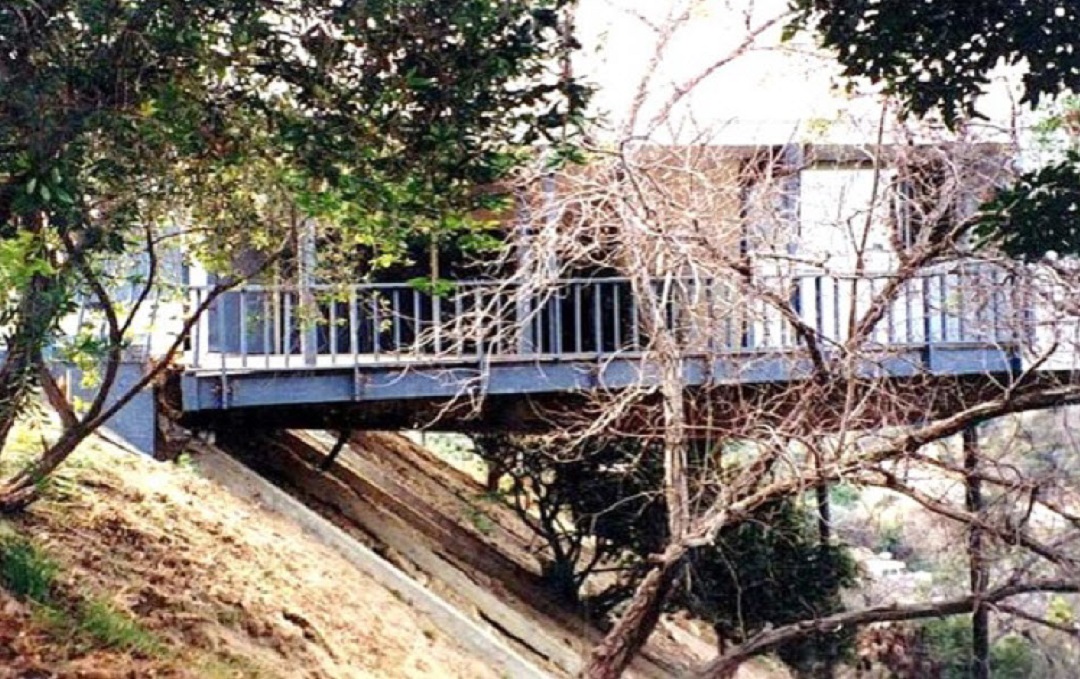
The third change added language in Section R301.2.2.7 Height Limitations that wood-framed buildings with a height exceeding two stories that are located in Seismic Design Category D2 “shall be designed for wind and seismic loads in accordance with accepted engineering practice.” It’s interesting that being in SDC D2 would also trigger an engineered wind-resisting system. Several changes to the wall bracing section are related to this one and are discussed further on in this blog.
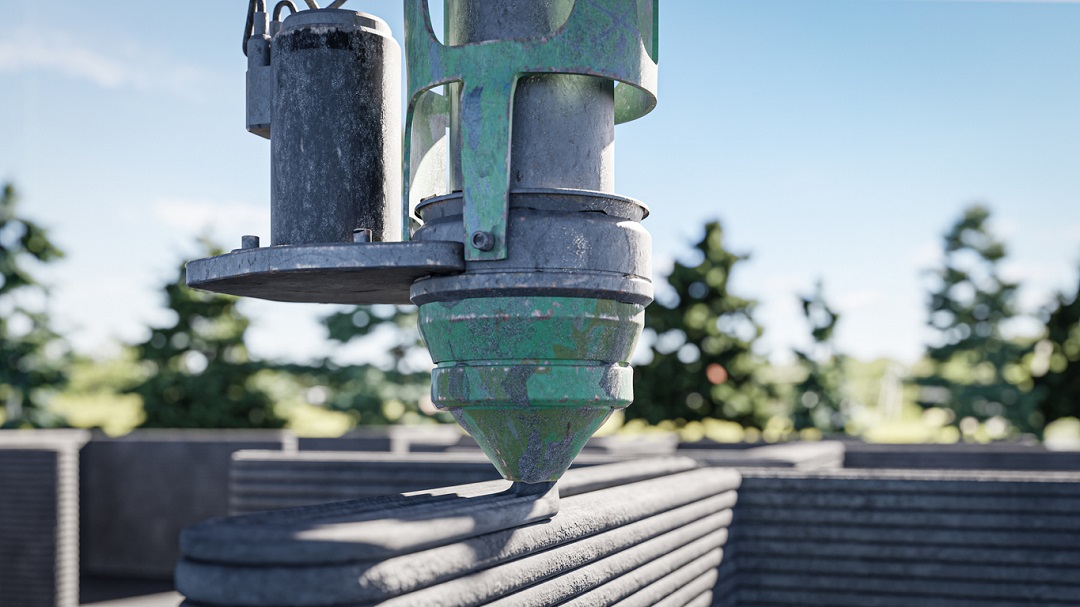
General Construction
The IRC is trying to address new types of construction outside of traditional light-frame and masonry. New appendices containing requirements for cob construction and 3D-printed construction were added. Appendices are nonmandatory unless specifically adopted. On the other hand, structures constructed from Intermodal Shipping Containers are newly regulated in the body of the code. A new definition was added for Intermodal Shipping Containers, along with a new Section R301.1.4 that requires that these containers be designed in accordance with Section 3114 of the IBC when they are repurposed for buildings or structures.
Requirements for light-frame story height and stud length have been in flux for several code editions and they have finally been made consistent in the 2021 IRC. In the 2015 IRC, the maximum story height was reduced to 11 feet 7 inches, which basically limited the wall stud length to 10 feet since the story height extends to the upper surface of the floor or roof above. However, some tables in the code still had entries for studs up to 12 feet in length. In the 2018 IRC, an exception to the limit of 10 feet was added to allow studs up to 12 feet in length provided they met certain limits. These limits are that the building is located in Exposure B, with a roof live load not exceeding 20 psf and a ground snow load not exceeding 30 psf, and that the studs have a minimum grade of Number 2. Studs also are required to meet the specifications in a new Table R602.3(6), which includes an enhanced connection at the top and bottom of the stud consisting of a connector with a 300 lb. lateral capacity when the design wind speed exceeds 115 miles per hour. Finally, in the 2021 IRC, an exception was added to the 11 feet 7 inches story height limit to allow a story height up to 13 feet 7 inches provided the stud clear height does not exceed 12 feet and the studs meet the previously mentioned requirements, or if “an engineered design is provided for the wall framing members.”
A couple of changes were made to Table R301.5, Minimum Uniformly Distributed Live Loads. One change separated the single column of loads into two columns, one for uniform loads, and one for concentrated loads. This should reduce confusion and make the table easier to use. A second change separated the single entry for Guards and Handrails into two separate table rows, since they do not have the same function. Further, it added footnote d that states, “Where the top of a guard system is not required to serve as a handrail, the single concentrated load shall be applied at any point along the top, in the vertical downward direction and in the horizontal direction away from the walking surface. Where the top of a guard is also serving as the handrail, a single concentrated load shall be applied in any direction at any point along the top. Concentrated load shall not be applied concurrently.” This is to address the true intent of a guard, which is to prevent a person from falling from a raised surface to a lower surface. In that case the load of a person would primarily be in the outward and downward direction. This simplifies the evaluation of guard systems, and makes the IRC requirements consistent with ICC-ES Acceptance Criteria and ASTM standards related to the performance of guards.
Also related to guards, another change simply added “floors” to the list of raised walking surfaces that require guards in Section R312.1.1.
Additional requirements were added for Storm Shelters to ensure that they will provide the occupant protection that is expected of them. A definition of “Storm Shelter” was added to clarify exactly what types of structures are addressed by these requirements. A new Section R106.1.5 was added under Submittal Documents requiring that “Construction documents for storm shelters shall include the information required in ICC 500”, which is the ICC Standard for the Design and Construction of Storm Shelters. Lastly, a new Section R323.1.1 was added which required that the “construction documents for all structural components and impact protective systems of the storm shelter shall be prepared and sealed by a registered design professional indicating that the design meets the criteria of ICC 500.” An exception was added to allow construction without sealed documents where storm shelters, structural components, and impact-protective systems are listed and labeled to ICC 500.
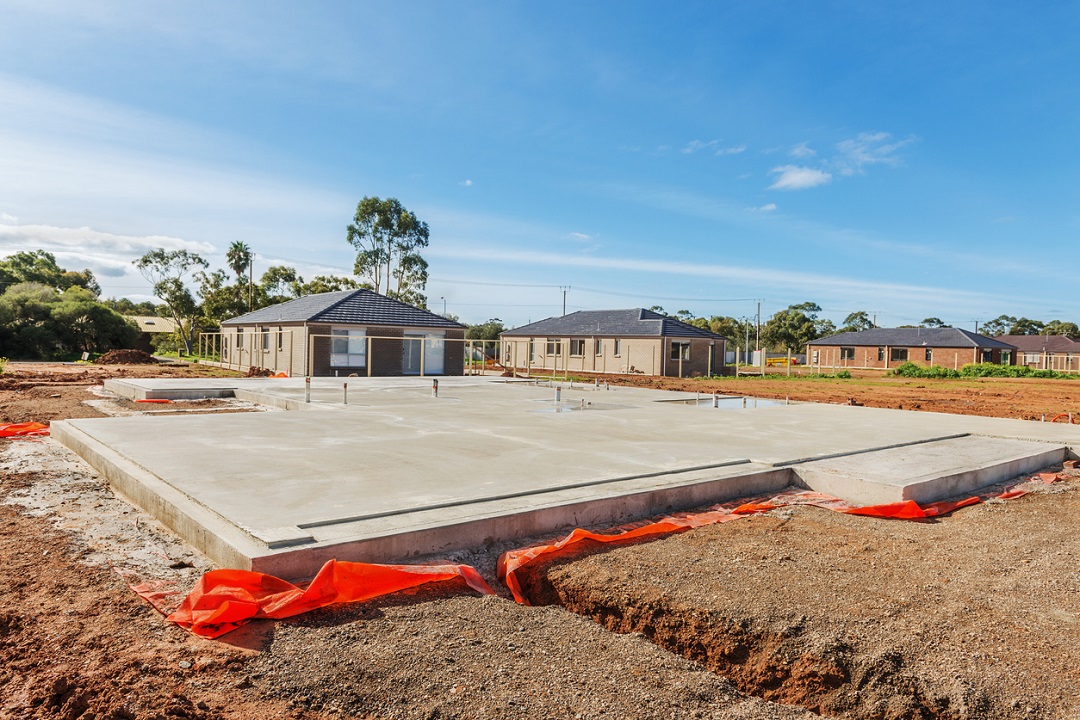
Foundations
A couple of significant structural changes were made to the Foundation Chapter. First, Table R403.1(1), Table R403.1(2), and Table R403.1(3), tables that specify the minimum width and thickness of concrete footings for light-frame construction, light-frame construction with brick veneer or lath and plaster, and partially grouted masonry walls, were revised. Many entries had reduced widths, and some had reduced depths. Revisions were due to a review of the spreadsheet that was used to develop the 2015 and 2018 IRC footing tables, which found that some overly conservative assumptions had been made.
Section R403.1.6 was revised to allow anchor bolts to be placed “while the concrete is still plastic.” It adds the statement that “Where anchor bolts resist placement or the consolidation of concrete around anchor bolts is impeded, the concrete shall be vibrated to ensure full contact between the anchor bolts and concrete.”
Stay tuned for Part 2 of the IRC changes. What other code-related topics would you like to see covered here?



